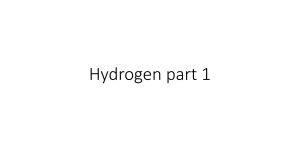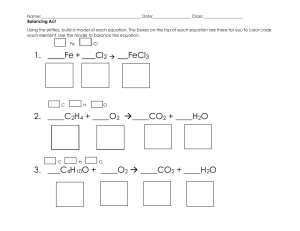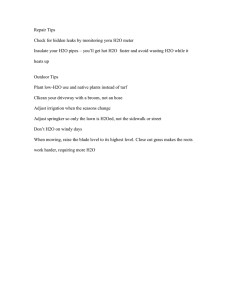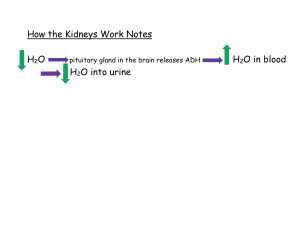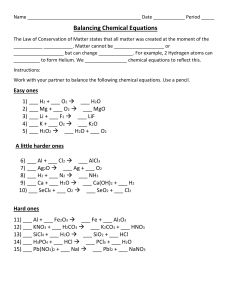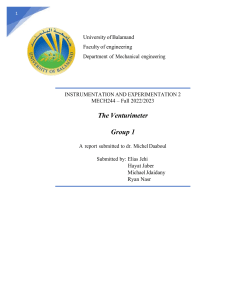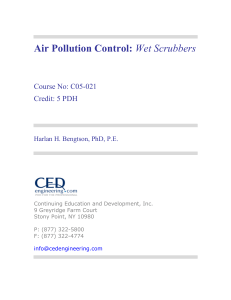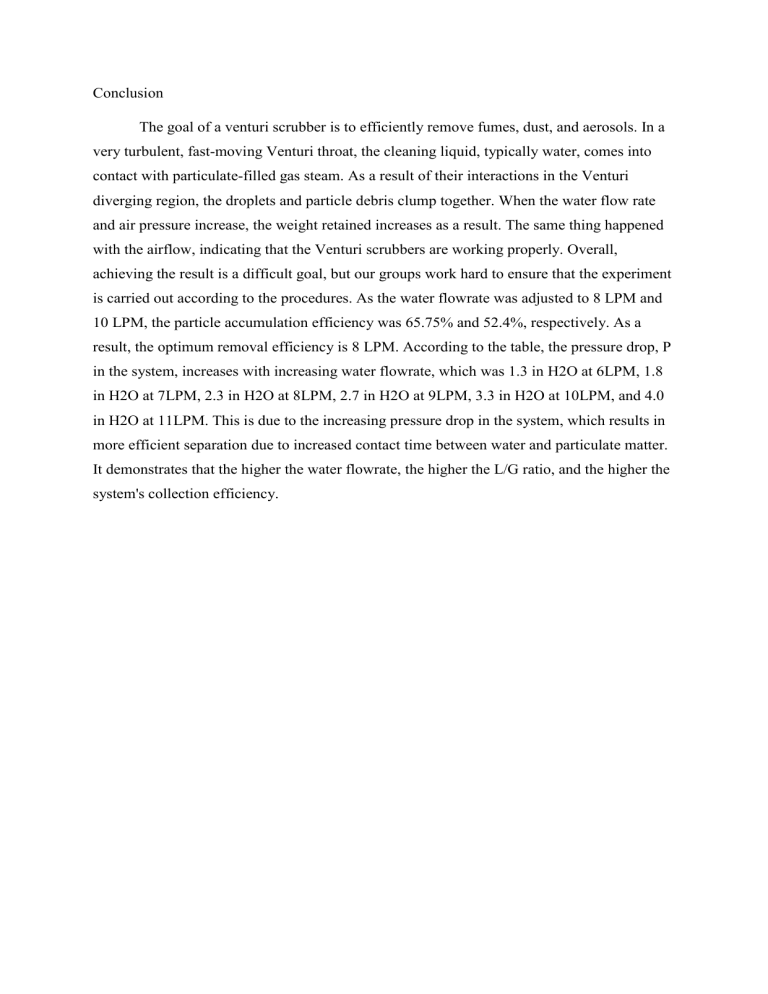
Conclusion The goal of a venturi scrubber is to efficiently remove fumes, dust, and aerosols. In a very turbulent, fast-moving Venturi throat, the cleaning liquid, typically water, comes into contact with particulate-filled gas steam. As a result of their interactions in the Venturi diverging region, the droplets and particle debris clump together. When the water flow rate and air pressure increase, the weight retained increases as a result. The same thing happened with the airflow, indicating that the Venturi scrubbers are working properly. Overall, achieving the result is a difficult goal, but our groups work hard to ensure that the experiment is carried out according to the procedures. As the water flowrate was adjusted to 8 LPM and 10 LPM, the particle accumulation efficiency was 65.75% and 52.4%, respectively. As a result, the optimum removal efficiency is 8 LPM. According to the table, the pressure drop, P in the system, increases with increasing water flowrate, which was 1.3 in H2O at 6LPM, 1.8 in H2O at 7LPM, 2.3 in H2O at 8LPM, 2.7 in H2O at 9LPM, 3.3 in H2O at 10LPM, and 4.0 in H2O at 11LPM. This is due to the increasing pressure drop in the system, which results in more efficient separation due to increased contact time between water and particulate matter. It demonstrates that the higher the water flowrate, the higher the L/G ratio, and the higher the system's collection efficiency.
